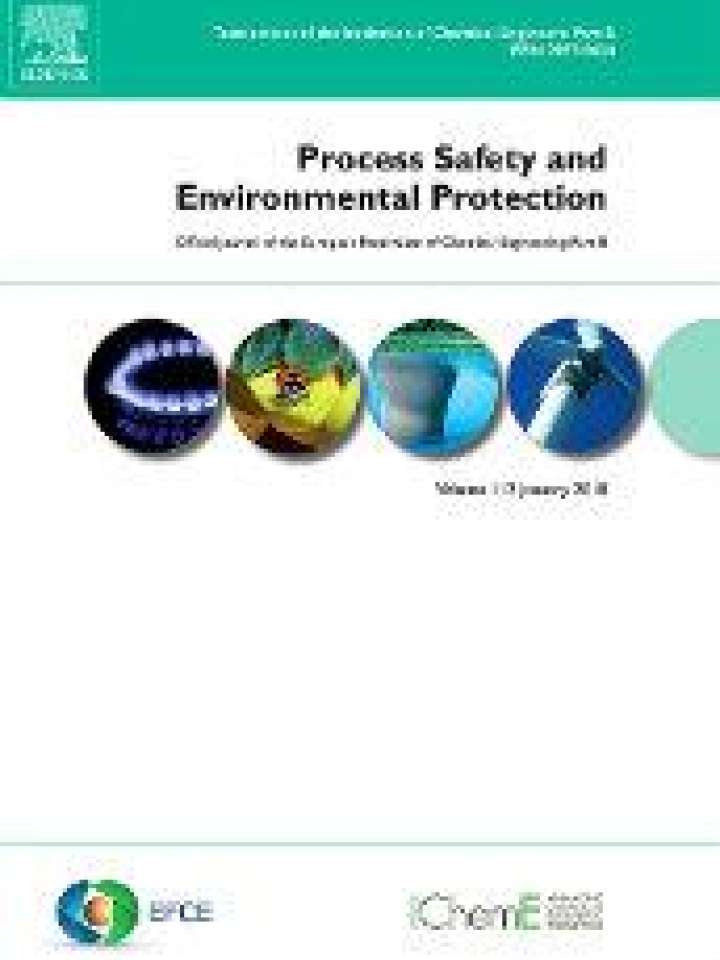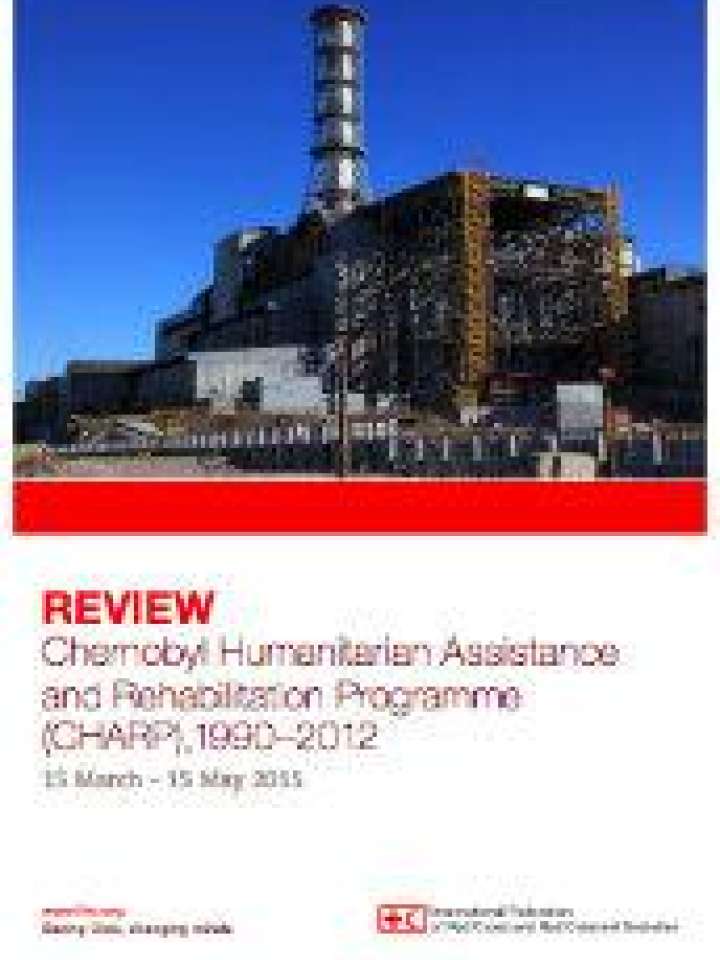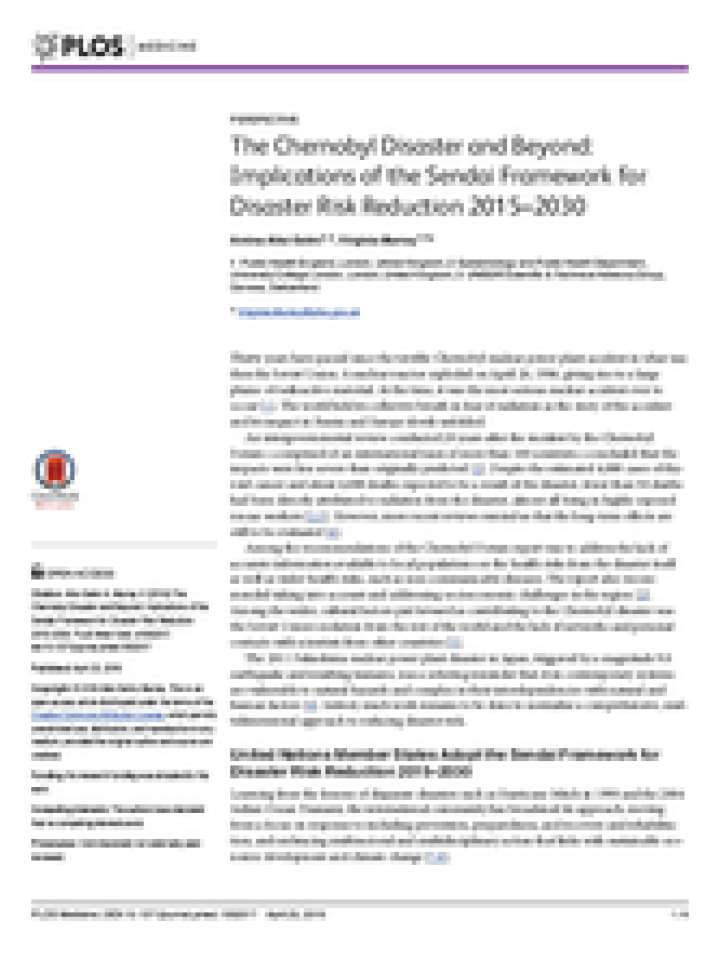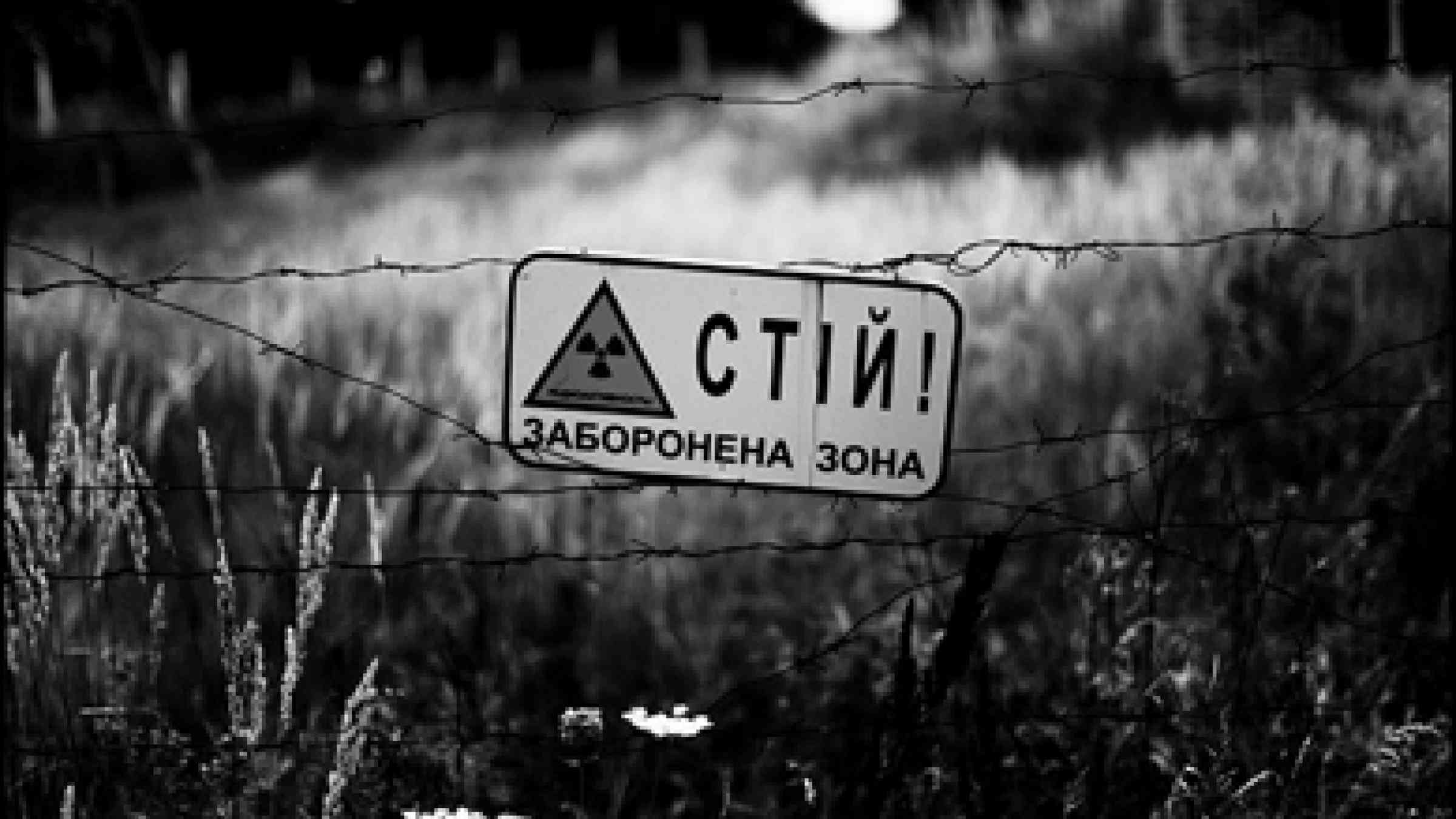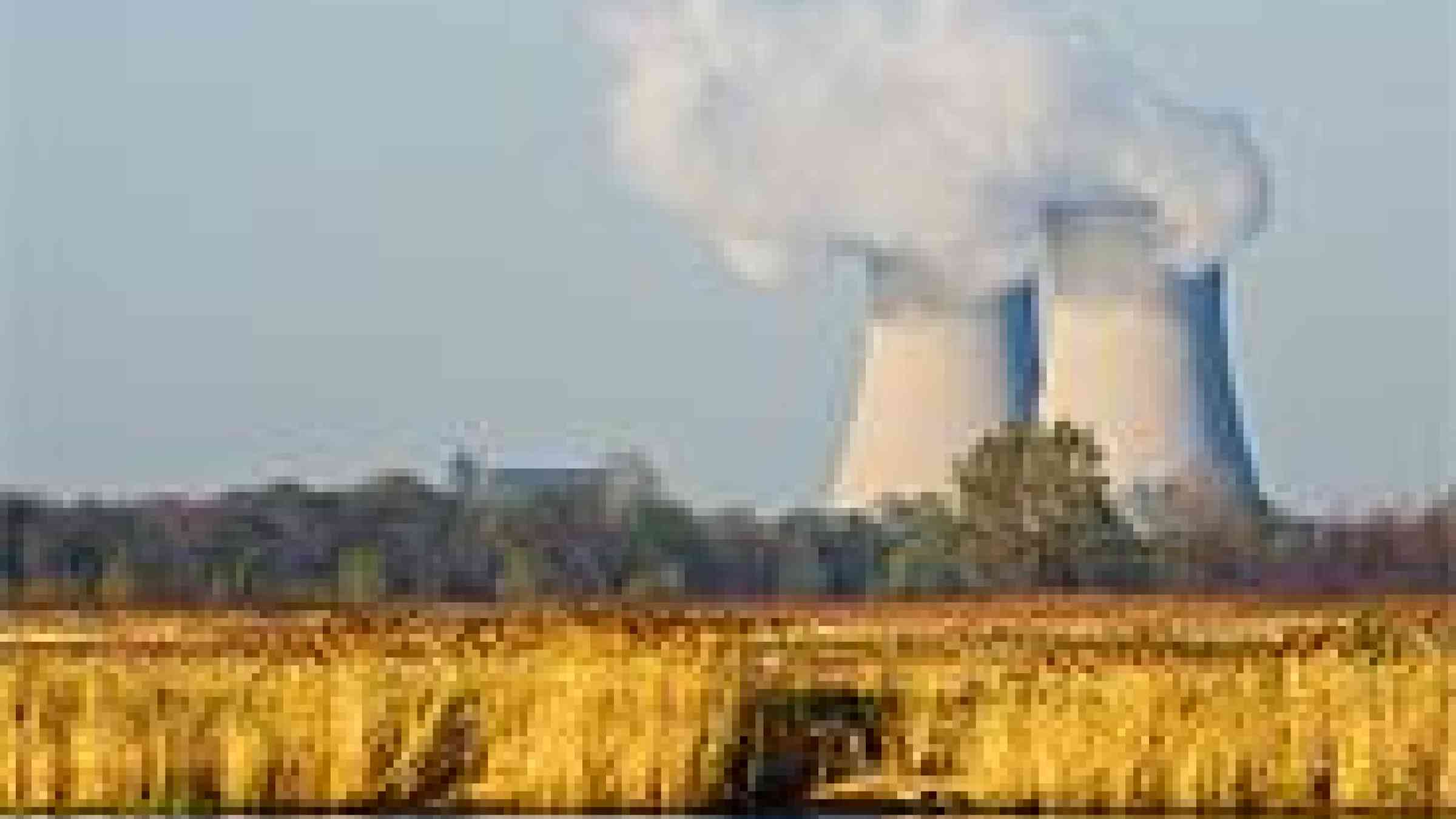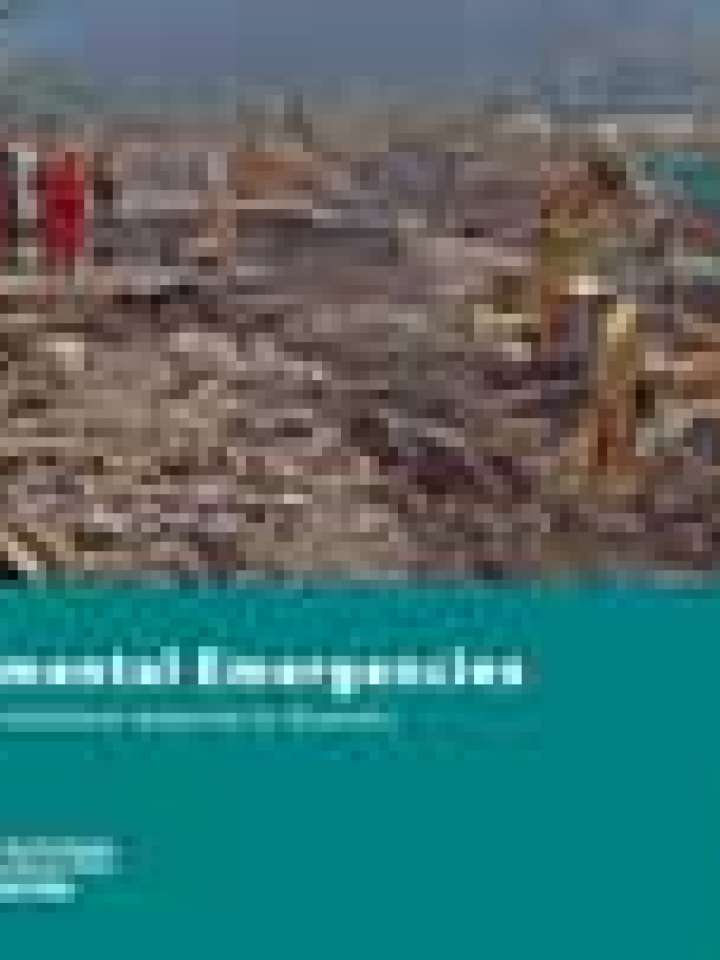- Home
- collections
Chernobyl disaster 1986
Image
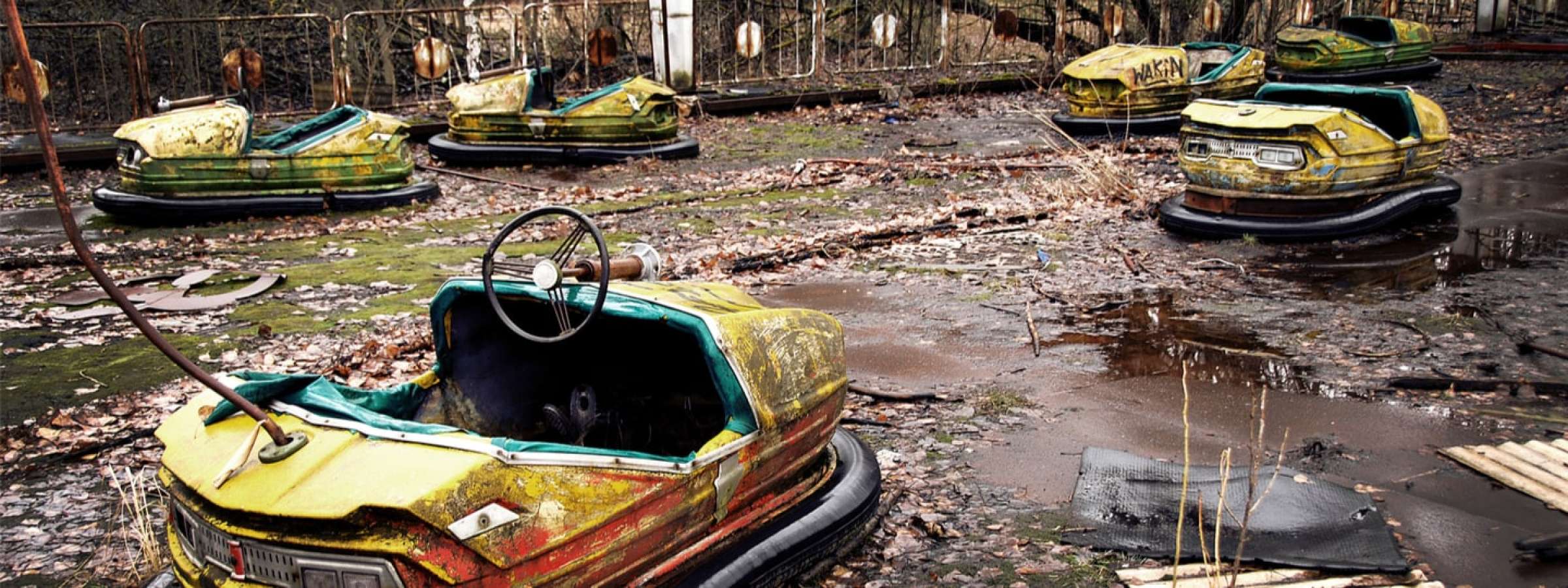
Introduction
The Chernobyl disaster was the worst nuclear power plant accident of the 20th century.
The Chernobyl disaster began on 26 April 1986 with the explosion of the No. 4 reactor of the Chernobyl Nuclear Power Plant, near the city of Pripyat in the north of the Ukrainian SSR, close to the border with the Byelorussian SSR, in the Soviet Union.
